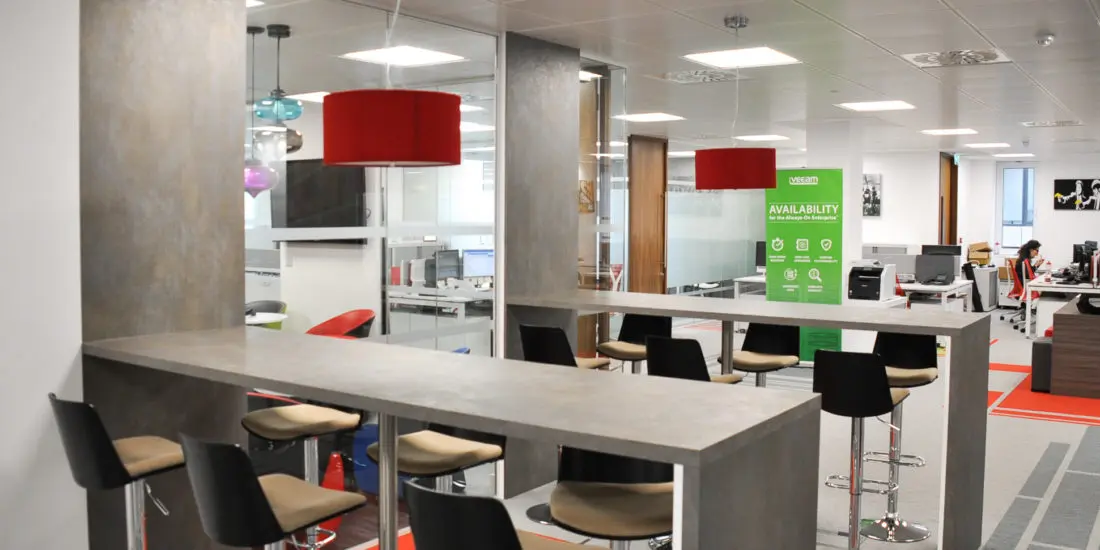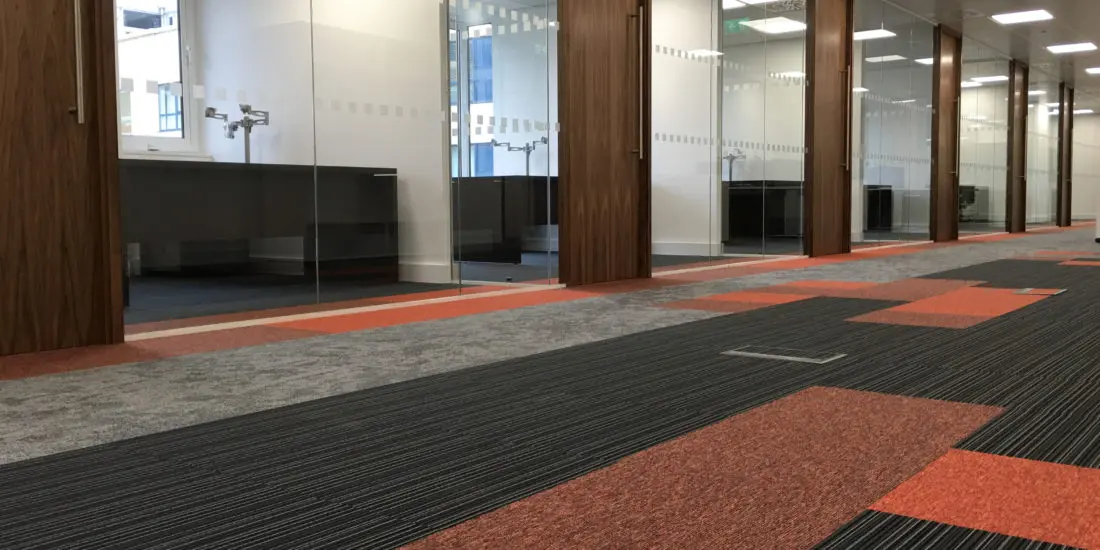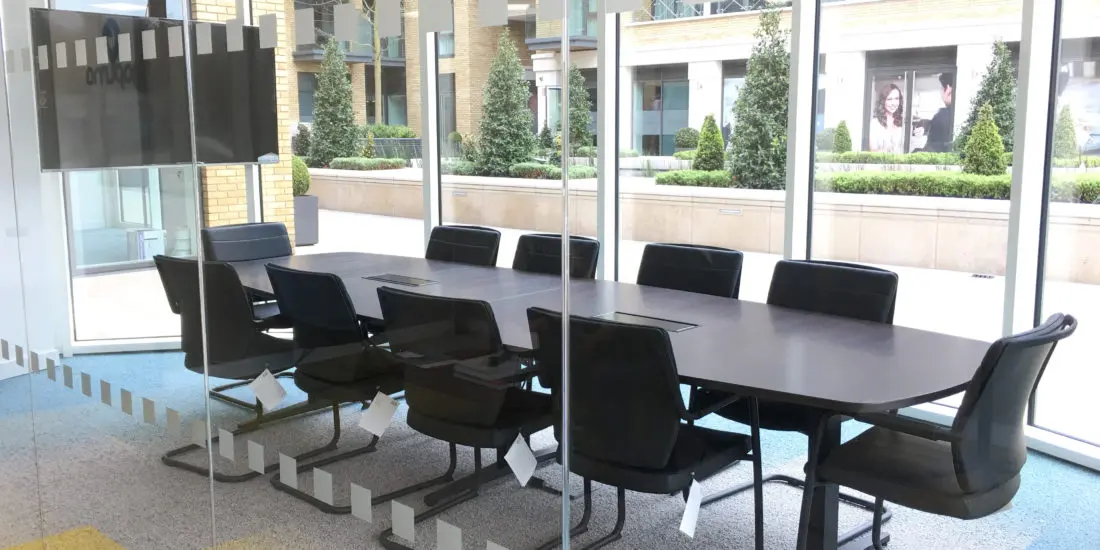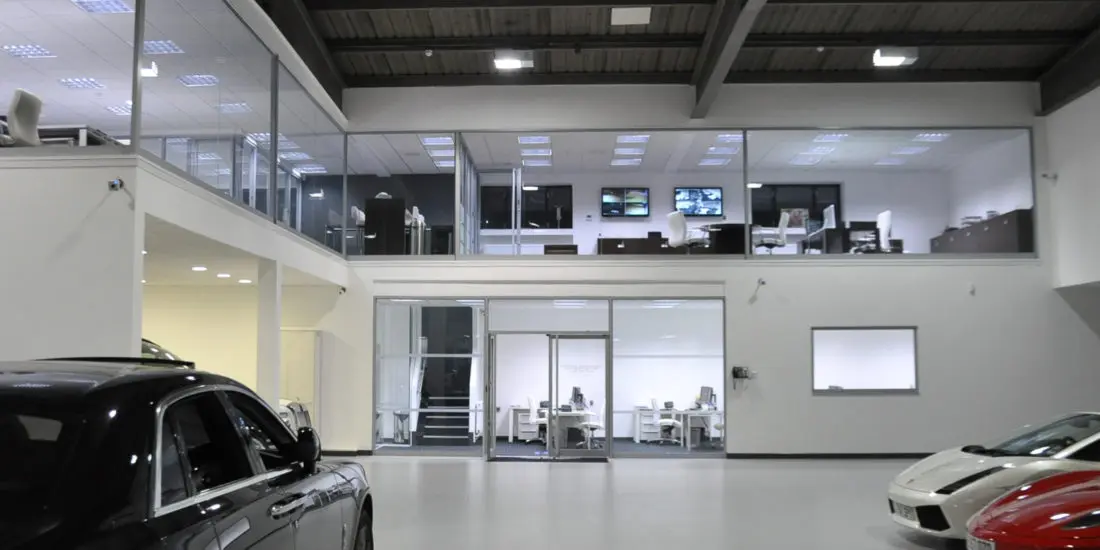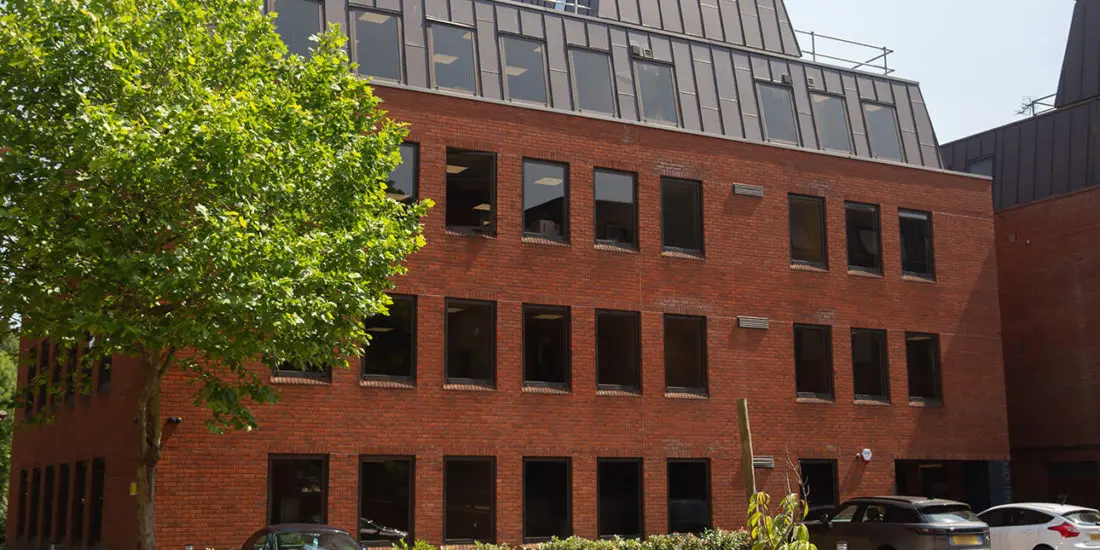Office chair refurbishment emerges as a persuasive business case in the circular economy, offering organisations up to 70% cost savings while addressing the 1.8 million office chairs discarded annually in the UK.
Leading manufacturers like Steelcase and
Herman Miller have developed strong refurbishment programmes that maintain
high-quality standards through ISO 9001
certification.
This sustainable approach not only
reduces landfill waste but also
provides immediate cost benefits through tax incentives and lower
transportation expenses.
The life-changing potential of this green
initiative is just beginning to unfold.
The Environmental Impact of
Office Chair Recycling
While office chairs may seem like simple
pieces of furniture, their environmental
impact tells a far more complex story. The staggering reality is that UK
businesses discard nearly 1.8 million office
chairs annually.
The intricate composition of office chair materials presents notable recycling challenges. These seemingly straightforward pieces actually contain dozens of different materials and chemicals, making them particularly tricky to break down and process. With only 29% of office furniture currently recyclable, the majority ends up in landfills or incinerators. This wasteful cycle takes a toll on our environment through increased carbon emissions and depleted natural resources. The good news? A shift towards refurbishment could dramatically reduce this environmental burden while keeping perfectly usable chairs out of our landfills.

Economic Advantages of
Refurbished Office Furniture
As businesses seek smarter ways to manage
their budgets, refurbished office
furniture has emerged as a game-changing solution for the cost-conscious
organisation. The cost efficiency of
choosing refurbished pieces can result in savings
of up to 70% compared to new furniture while providing the same quality and
longevity benefits. Companies are uncovering that smart financial decisions don't require compromising on style or
functionality.
Key economic advantages of refurbished office furniture include:
- Immediate cost savings of 30-50% on initial purchase
- Potential tax incentives and accelerated depreciation benefits
- Reduced long-term replacement costs due to high-quality restoration
- Quick availability and lower transportation costs compared to new furniture
These persuasive financial benefits make refurbished furniture an increasingly attractive option for businesses looking to maximise their office furniture investments while maintaining professional standards.

Quality Assurance in Chair
Refurbishment Processes
The rigorous quality assurance process in chair refurbishment stands as a
cornerstone of the industry's commitment to excellence. From initial assessment through final
inspection, each step follows strict quality control protocols that align with
ISO 9001 and BS/EN standards. Industry leaders like Herman Miller and Steelcase
have developed extensive refurbishment
standards that guarantee their products maintain original specifications.
The process involves careful disassembly, cleaning and thorough component inspection that would make a surgeon proud. Technicians evaluate every bolt, castor and mechanism while testing weight capacity, stability and ergonomic functions. This attention to detail changes what some might call "pre-loved" office chairs into workplace assets that rival their factory-fresh counterparts. The result is a sustainable solution that delivers both environmental benefits and bottom-line value without compromising on quality or safety.

Overcoming Common Barriers to
Circular Furniture Solutions
Despite significant advancements in sustainable furniture practices,
converting office furniture into truly circular
solutions faces several complex
barriers that demand innovative approaches. Through design innovation and consumer
education, companies can tackle these challenges head-on to create more
sustainable solutions for office furniture.
Key strategies for overcoming circular furniture barriers include:
- Implementing design-for-disassembly principles that make repairs and part replacements a breeze
- Developing strong refurbishment programmes that utilise high-quality materials and standardised components
- Creating consumer awareness campaigns that highlight the environmental and economic benefits of circular furniture
- Establishing partnerships with manufacturers to guarantee spare parts availability and optimise reverse logistics

Success Stories:
Organisations Embracing Furniture Refurbishment
Many pioneering organisations have altered the office furniture environment through innovative refurbishment initiatives, setting impressive benchmarks for sustainability in the industry. Steelcase leads the charge in furniture innovation with its sturdy refurbishment programme, while Herman Miller and Humanscale have developed their own successful sustainable design approaches. The Office Crowd has made waves by changing pre-owned furniture into premium workspace solutions that rival new products. Perhaps most importantly, Orangebox raised the bar with Europe's first Cradle to Cradle certified office chair, demonstrating that sustainability and style can coexist beautifully. These companies aren't just talking the talk - they're walking the walk by proving that refurbished furniture can maintain high quality while considerably reducing environmental impact and costs.

Conclusion
The circular economy revolution in office furniture has proven that one person's cast-off chair can become another's ergonomic throne. Like the medieval practice of turning swords into ploughshares, modern businesses are converting dated office chairs into sustainable assets, creating economic and environmental victories. As more organisations adopt furniture refurbishment, they're not just saving money—they're sitting pretty while leading the charge toward a more sustainable future in workplace furnishings.








